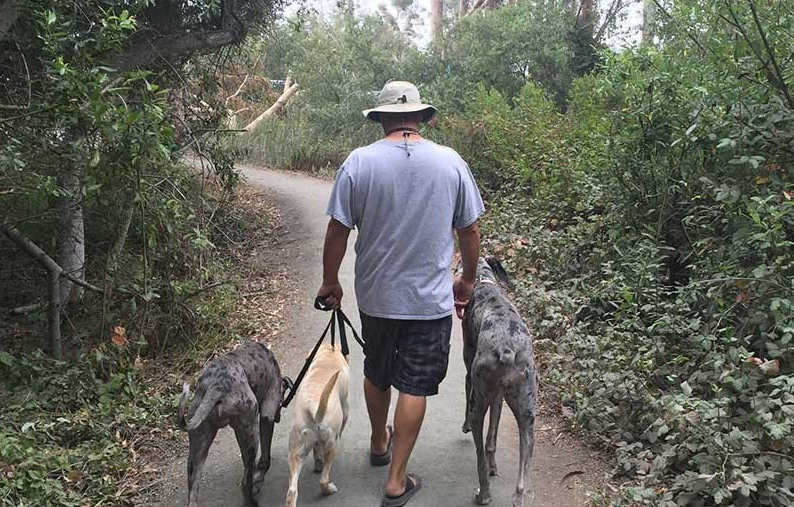
If your furry companion turns into a nervous wreck the moment you pick up your keys, you’re not alone. Dog training separation anxiety is a real struggle for many dogs—and their humans. From chewed-up furniture to non-stop barking, the signs can be frustrating, but the good news? With patience and the right training, your pup can learn that alone time isn’t the end of the world.
What is Separation Anxiety, Anyway?
Some dogs take alone time like a champ, while others act as if they’ve been abandoned for eternity. Common red flags of separation anxiety include:
-
Whining, barking, or howling like they’re narrating the saddest movie ever
-
Pacing or trying to escape, as if they’re plotting a jailbreak
-
Chewing, digging, or destroying furniture (goodbye, couch!)
-
Accidents indoors, even when they’re otherwise house-trained
-
Drooling or panting excessively, because stress isn’t just for humans
Recognizing these signs early is key to preventing long-term issues and making training smoother.
Training Hacks to Curb Separation Anxiety
Helping your dog cope with alone time takes effort, but these techniques can work wonders:
-
Ease Into It (Baby Steps!)
Think of it like training wheels for independence. Start by leaving your dog alone for just a few minutes, then gradually extend the time. If they stay chill, reward them with treats and praise—it’s all about creating positive associations.
-
Design a Chill Zone
Set up a comfy, safe space where your dog can relax when you’re out. Whether it’s a cozy crate or a designated doggy corner, make it inviting with their favorite blankets, toys, and maybe even a calming diffuser.
-
Keep Goodbyes and Hellos Low-Key
Resist the urge to make a big fuss when you leave or return home. Instead, keep it casual—like you’re just stepping out for a sec. The less dramatic the departure, the less anxious your dog will feel.
-
Mental Stimulation is Key
Bored dogs are anxious dogs. Treat-dispensing toys, puzzle games, and interactive feeders can keep their minds engaged while you’re away. A busy dog has less time to stress out!
-
Consider Extra Support
Some dogs need a little extra help. Anxiety wraps, pheromone diffusers, or calming treats can take the edge off while they adjust to their solo time. Think of it as a cozy security blanket.
When to Call in the Pros?
If your dog’s anxiety is off the charts despite your best efforts, it might be time to bring in reinforcements. A certified trainer or animal behaviorist can create a personalized plan to tackle their specific needs. In extreme cases, a vet visit can help rule out any medical concerns and discuss additional anxiety management options.
The Bottom Line
Helping your dog overcome separation anxiety isn’t an overnight fix, but with consistency and compassion, they’ll learn that alone time isn’t so scary after all. You’ve got this!
Looking for expert Dog Training in Santa Maria? The professionals at DognPooch are ready to lend a helping paw! Reach out today to learn how we can support you and your pup on this journey.